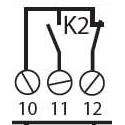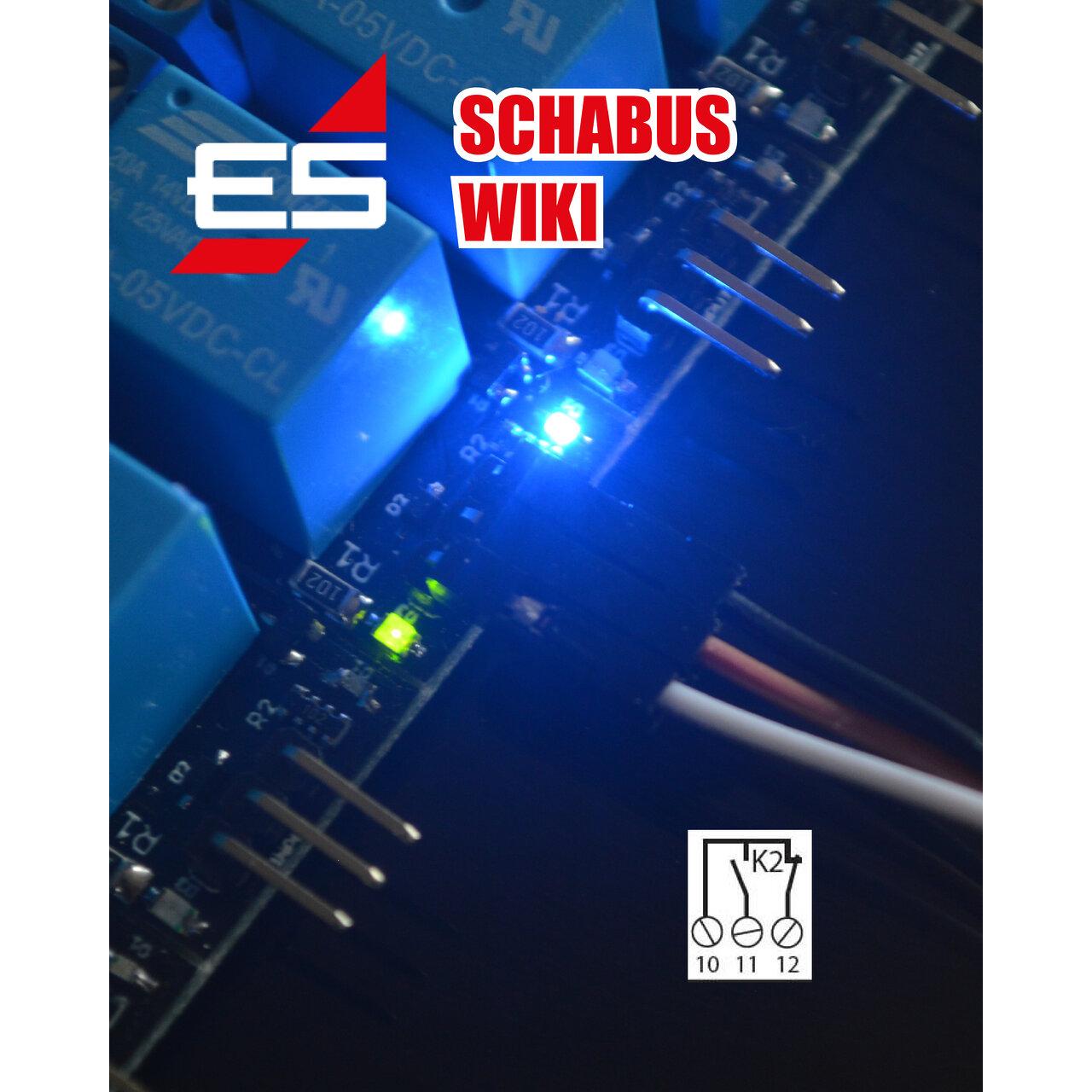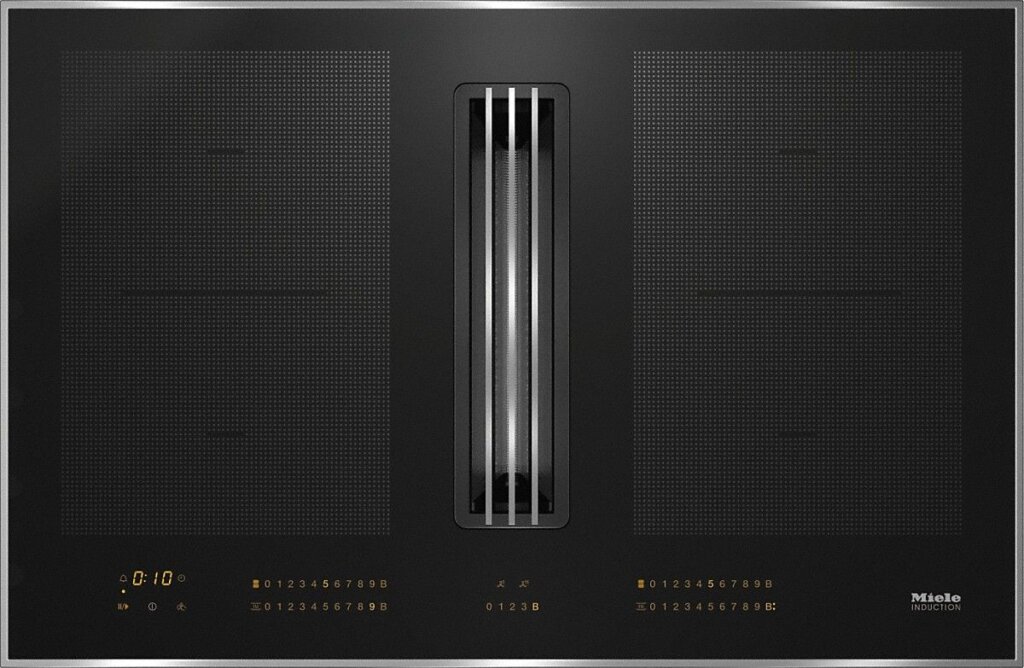Was macht eigentlich ein Relais?
Eines der wichtigsten Elemente der Schabus Produkte ist das Relais. Ob als potentialfreier Kontakt in den Abluftsteuerungen, für die Abschaltung der Waschmaschine beim Aquastopp oder als Alarmmitteilung der Gasmelder, jeder Schaltvorgang wird von einem Relais erledigt.
Ein Relais ist einfach ein Schalter, der nicht per Hand, sondern von einer Elektronik betätigt wird. Der größte Vorteil eines Relais ist, dass mit sehr geringen Strömen aus der Elektronik große Leistungen geschaltet werden können.
Ein Relais, das per Schraubklemmen zugänglich ist, z.B. im FDS 100, SHT 5001, GX-A1+, …, ist bei Elektrotechnik Schabus grundsätzlich als potentialfreies Wechselrelais ausgeführt. „Potentialfrei“ bedeutet in diesem Zusammenhang, dass am Relais kein Potenztial, also keine Spannung anliegt, aus einem Relais „kommt nichts raus“, denn es ist einfach nur ein Schalter. Sie entscheiden selbst, was Sie mit dem Schalter schalten möchten. Und „Wechselrelais“ bedeutet, dass Sie immer zwei Schaltkontakte haben, einen Öffner (n.c.) und einen Schließer (n.o.), sowie einen gemeinsamen Kontakt (com).

So wird ein Relaiskontakt dargestellt, hier aus einem SHT 5002 Niveauregler:
10: gemeinsamer Anschluss
(com) = common / gemeinsam
11: Schließerkontakt
(n.o.) = normally open / normal geöffnet
12: Öffnerkontakt
(n.c.) = normally closed / normal geschlossen
Die Darstellung zeigt immer das nicht betätigte Relais, man sagt, es ist „nicht angezogen“. Der Begriff kommt aus dem Innenleben des Relais, da dort eine Spule die Schaltzunge magnetisch „anzieht“.
Bei manchen Geräten von Elektrotechnik Schabus sind die Relais im Überwachungsmodus, wenn sie eingeschaltet sind, angezogen, z.B. SHT 5000, andere Geräte wie der SHT 5001 ziehen das Relais erst an, wenn tatsächlich ein Ereignis stattgefunden hat. Beachten Sie hier immer den Artikel über Relais in der Bedienungsanleitung, der Sie über die Schaltzustände der Relais informiert.
In unseren Steckdosen Geräten, bei denen die Steckdose durchgeführt und geschaltet wird, kommen ebenfalls Relais zum Einsatz. Meist wird eine einphasige Ein- oder Abschaltung vorgenommen und es liegt hier ein Potential, nämlich die Netz-Wechselspannung an. Steckdosengeräte sind keine potentialfreien Kontakte!
Einen Sonderfall nimmt der BBB300 (Art.-Nr. 200603) ein. Mit diesem kleinen Baustein machen Sie aus einer geschalteten Steckdose einen potentialfreien Kontakt. Im BBB300 ist ein höchstwertiges Finder® Relais mit Gold-Rhodium-Kontakten verbaut, mit dem sowohl geringste Ströme und Spannungen, als auch größere Leistungen geschaltet werden. Hier wird ausschließlich der Schließerkontakt ausgeführt, d.h. wenn die Steckdose einschaltet, wird der Schließer geschlossen, Sie haben dann also eine stabile Verbindung zwischen den beiden Kontakten.




